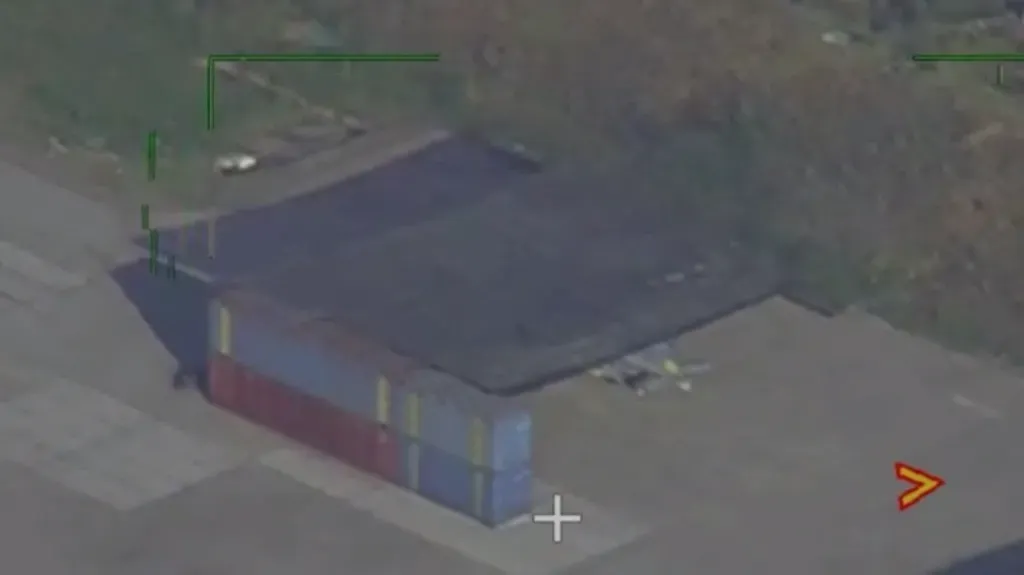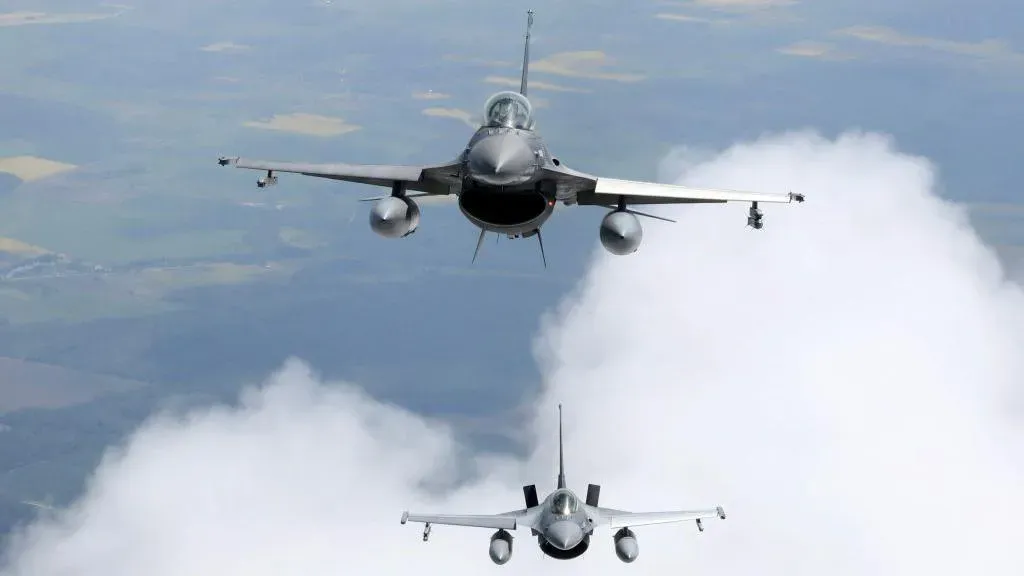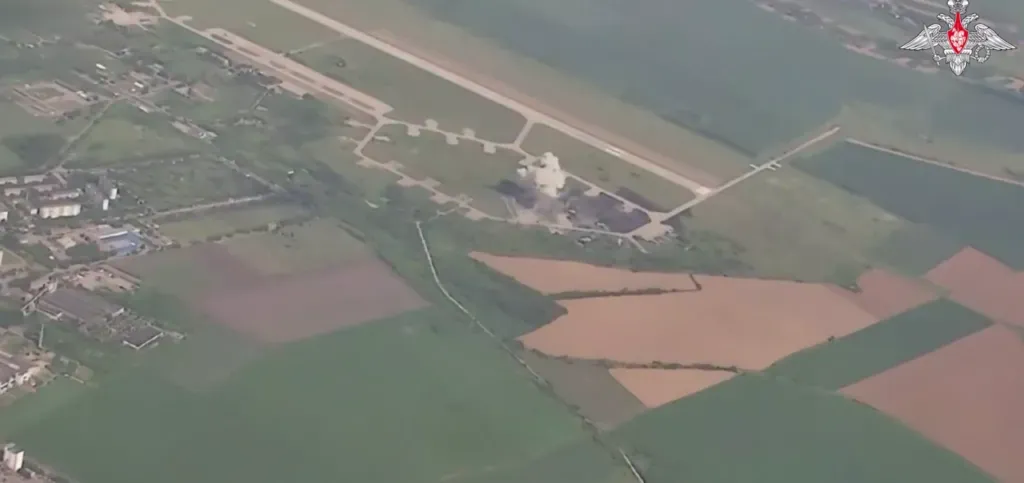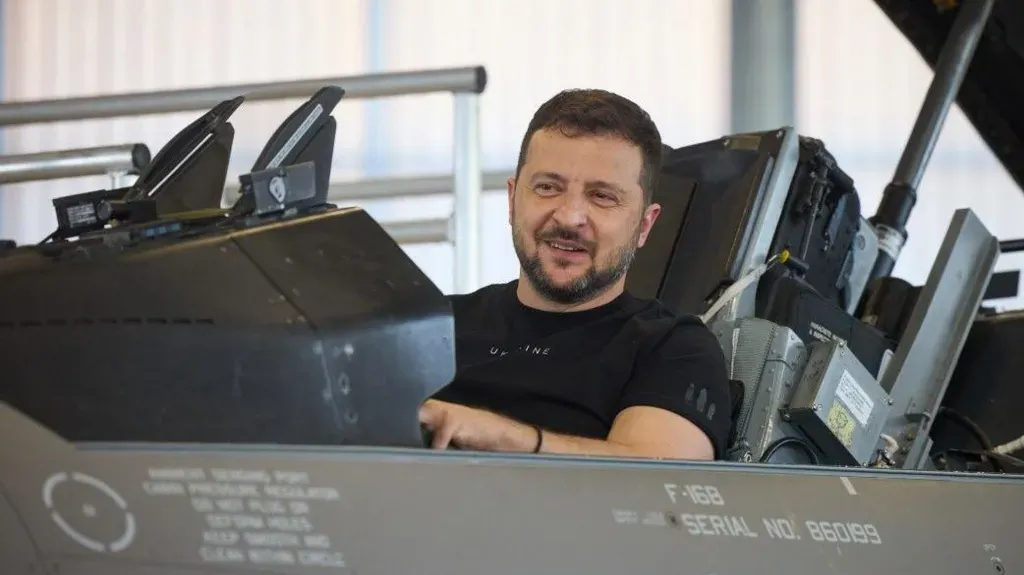Introduction
As the long-awaited F-16 fighter jets prepare to arrive in Ukraine from NATO member states, a mix of anticipation and anxiety envelops the Ukrainian military and its allies. These advanced aircraft, hailed for their potential to shift the balance in the ongoing conflict with Russia, come with both high hopes and significant challenges. This comprehensive analysis explores the context, preparation, and anticipated impact of the F-16s on Ukraine’s defense strategy.
Context and Strategic Importance of the F-16s
Background
For months, Ukraine has been preparing for the arrival of the F-16s, which represent a significant upgrade from its existing Soviet-era fighter jets. President Volodymyr Zelensky has been vocal about the importance of these aircraft in countering Russia’s aerial dominance and “unblocking the skies” over Ukraine. The F-16s are expected to bolster Ukraine’s air capabilities, providing advanced tools for various military operations.
Strategic Need
The Ukrainian military’s need for these advanced jets is driven by several factors:
- Aerial Superiority: Russia’s air dominance has been a major challenge for Ukraine, with Russian aircraft and missiles frequently targeting Ukrainian positions.
- Enhanced Defense Capabilities: The F-16s are equipped with state-of-the-art avionics and weaponry, crucial for performing Suppression of Enemy Air Defenses (SEAD) missions, Air Interdiction operations, and Defensive Counter Air (DCA) tasks.
The Arrival of the F-16s
Timeline and Preparation
The transfer of F-16s from NATO countries, notably Denmark and the Netherlands, marks a pivotal moment for Ukraine. The delivery of these jets comes after an extensive preparation period, which included training Ukrainian pilots and ground crews to handle the sophisticated systems onboard. This process has been crucial to ensure that the aircraft can be effectively integrated into Ukraine’s defense framework.
Current Status
As of now, the F-16s have not yet arrived in Ukraine. US Secretary of State Antony Blinken confirmed that the transfer was underway, and approximately 65 F-16s have been pledged by NATO allies. The anticipation surrounding their arrival is palpable, but so are the concerns about how they will be deployed and protected once they land.
Challenges and Risks
Russian Preparations and Threats
Russian forces have been proactive in preparing for the arrival of the F-16s. They have targeted Ukrainian military airfields, leading to significant concerns about the safety of the incoming jets. In July alone, airfields in Myrhorod, Kryvyi Rih, and the Odesa region were attacked. Moscow claims to have destroyed several Ukrainian aircraft and air defense systems, although Ukrainian authorities argue that some of these claims might involve decoys or misinformation.

Russian Air Defense Systems
Russia’s air defense capabilities pose a considerable threat to the F-16s. The country’s extensive network of surface-to-air missiles and advanced radar systems could challenge the effectiveness of the new jets. The F-16s will need to navigate a complex landscape of enemy defenses, which could impact their operational effectiveness.

Ukrainian Defense Strategies
The Ukrainian air force has historically employed “dispersed operations” to minimize the risk of losing aircraft on the ground. This strategy involves moving planes and equipment frequently to prevent them from being targeted in a single strike. However, with the arrival of the F-16s, this approach might need to adapt due to the specific requirements of these advanced jets.
Infrastructure Requirements
F-16s require well-maintained runways and clear ground conditions to operate effectively. Any attempts to upgrade existing bases to meet these needs could be detected by Russian surveillance, including drones and satellite imagery. This poses a risk of exposing the F-16s to preemptive strikes before they are even deployed.
Surveillance and Intelligence
Russian surveillance capabilities have evolved, with the use of advanced drones such as Zala, Supercam, and Orlans that provide real-time imagery. These drones can bypass Ukraine’s electronic detection systems, making it challenging for Ukrainian forces to keep their airbases concealed.

Expected Impact of the F-16s
Operational Enhancements
The F-16s are expected to bring several enhancements to Ukraine’s air operations:
- Increased Firepower: Equipped with AIM-120 AMRAAM air-to-air missiles, the F-16s can engage targets at longer ranges compared to Ukraine’s current Soviet-era missiles, which require constant targeting.
- Improved Defense: The jets’ advanced avionics and weaponry will bolster Ukraine’s ability to intercept and engage enemy aircraft and missiles, providing a more robust defense against Russian aerial threats.
Coordination with Existing Systems
The F-16s will work in conjunction with existing Western-supplied surface-to-air missile systems, such as Patriot and NASAMS. These systems will provide a layered defense, with the F-16s focusing on air superiority and the surface-to-air systems handling incoming missiles.
Limitations and Challenges
Despite their advanced capabilities, the F-16s will face several limitations:
- Vulnerability to Russian Air Defenses: Flying at high altitudes may expose the F-16s to Russian air defense systems, while low-altitude operations could necessitate deeper incursions into Russian-held territory.
- Shortage of Air Defense Systems: Ukraine faces a significant shortage of Patriot systems and missiles, which could limit the overall effectiveness of the air defense network.
Future Prospects
Potential for Impact
The F-16s are unlikely to single-handedly alter the course of the war, but they represent a significant boost to Ukraine’s air capabilities. Their effectiveness will depend on how well they are integrated into the existing defense strategy and how effectively they are protected from Russian attacks.
Ongoing Needs
To maximize the benefits of the F-16s, Ukraine will need to address several ongoing challenges:
- Enhanced Base Protection: Improving the security of airbases and infrastructure will be crucial to ensure the safety of the F-16s.
- Sufficient Air Defense Systems: Increasing the number of available Patriot systems and other air defenses will be vital to protect Ukrainian airspace effectively.
Conclusion
The arrival of the F-16s marks a crucial development in Ukraine’s ongoing struggle against Russian aggression. While the jets offer significant enhancements to Ukraine’s air capabilities, their effectiveness will hinge on how well they are integrated into the broader defense strategy and how effectively they are shielded from Russian attacks. As the conflict continues, the role of these advanced aircraft will be closely monitored, with their success or failure potentially influencing the future trajectory of the war.


